Before 1980, American homes were built with materials, features, and quirks that told a story. Many of these elements have vanished over time—not because they didn’t work, but because styles shifted, safety standards changed, or technology evolved. Whether you grew up with them or only know them from estate sale tours and fixer-upper shows, these household throwbacks once defined an era. Here are 15 things that used to be everywhere inside homes before 1980, and why you rarely see them today.
1. Asbestos insulation
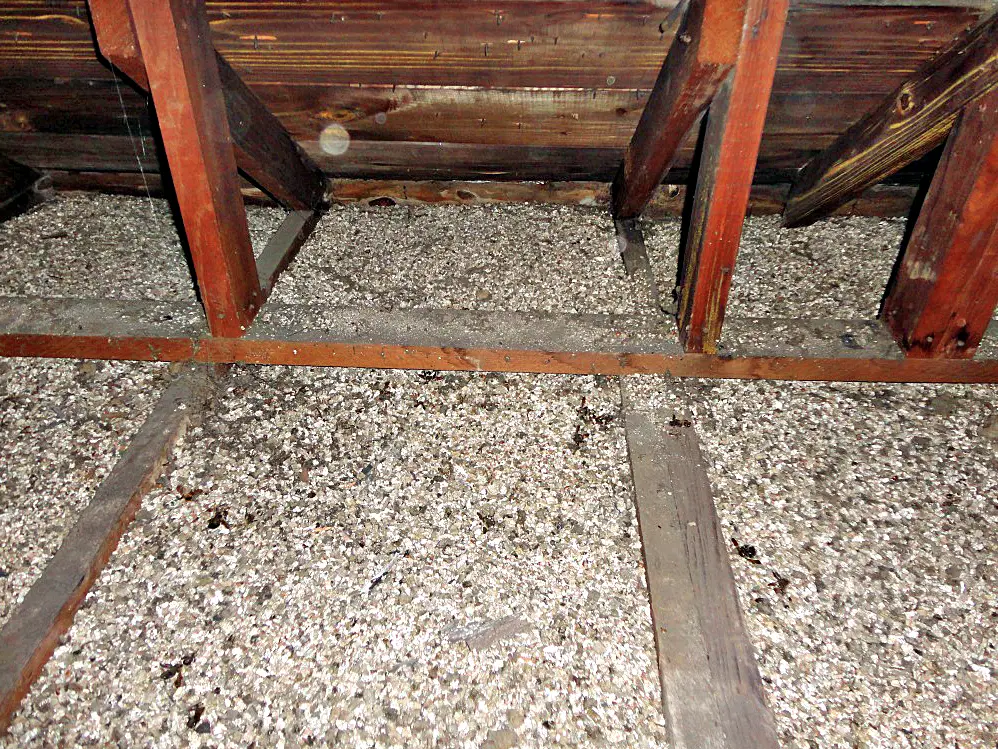
Asbestos was once the gold standard for insulation because it resisted fire and helped control temperature. According to the Environmental Protection Agency (EPA), it was widely used in older homes on pipes, ductwork, and even in floor tiles. The problem? It’s toxic when disturbed and linked to serious health issues like mesothelioma.
Due to its dangers, asbestos was largely phased out starting in the late 1970s. While it’s still present in many older homes, new builds avoid it completely. If discovered during renovations, homeowners have to hire certified professionals to remove it safely. That’s a far cry from when it was considered just another standard building material.
2. Lead-based paint
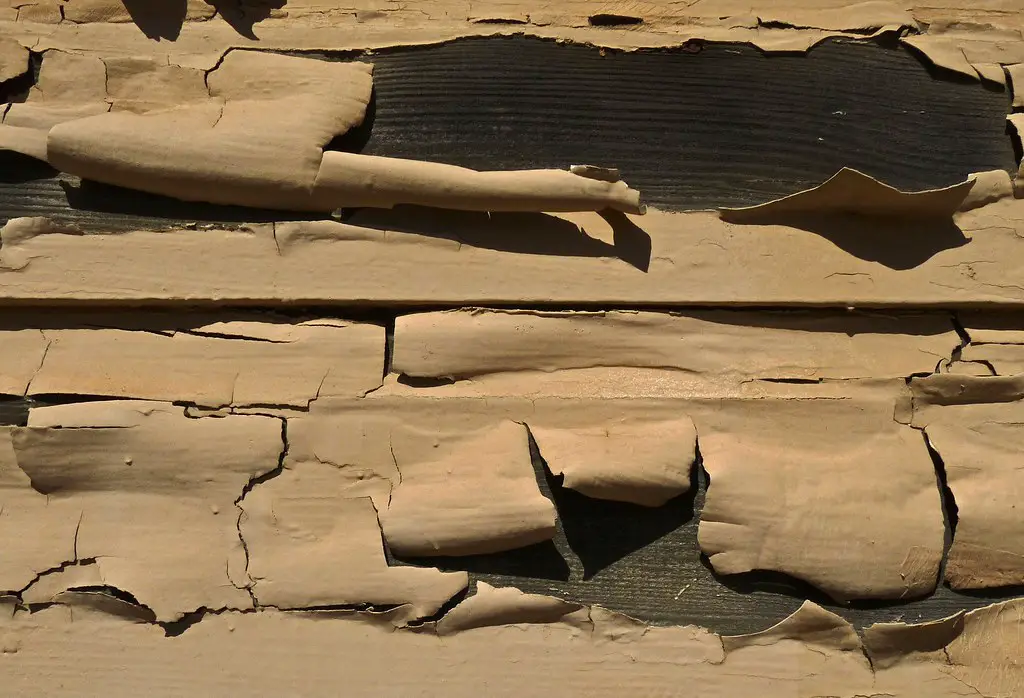
Lead-based paint was the default in American homes for decades. The Centers for Disease Control and Prevention (CDC) notes that homes built before 1978 almost certainly contain it somewhere under newer coats. It was prized for its durability and color retention, but we now know it’s a serious health hazard—especially to children. Ingesting even small amounts of lead can cause developmental delays and learning difficulties.
The federal government banned it in residential use in 1978, and it’s now subject to strict regulations during renovation. Homeowners must follow lead-safe work practices if disturbing old paint. While you can still test for lead, you won’t find this paint in any home built today. Thankfully, we have safer alternatives that don’t sacrifice color quality.
3. Intercom systems in the walls

Built-in intercom systems were once the height of luxury in mid-century homes. According to All Security Equipment, they became common in the ’60s and ’70s as a way to communicate between rooms—or even the front door—without shouting. Some even had AM/FM radios built in. But let’s be honest: they were often scratchy, bulky, and quick to malfunction.
Today, smartphones and smart speakers do a much better job. No one’s installing wall-mounted intercoms anymore when you can just text someone across the house. And unless you’re doing a retro renovation, those old speaker boxes usually get ripped out. What was once a cool, space-age upgrade now just feels clunky.
4. Avocado green appliances

Avocado green ruled kitchens in the ’60s and ’70s. As noted by Cavalcade Studios, this trendy color was marketed as earthy, calming, and modern at the time. Refrigerators, ovens, and even dishwashers came in matching shades, often paired with harvest gold. The palette may have screamed “fresh” then—but now it screams “dated.”
These colors began to disappear in the ’80s as stainless steel and neutral tones took over. Today’s homebuyers overwhelmingly prefer cleaner, brighter designs. If you spot avocado green in a home today, it’s either a throwback remodel or an untouched time capsule. Either way, it’s definitely not coming standard in new kitchens.
5. Built-in ironing board cabinets
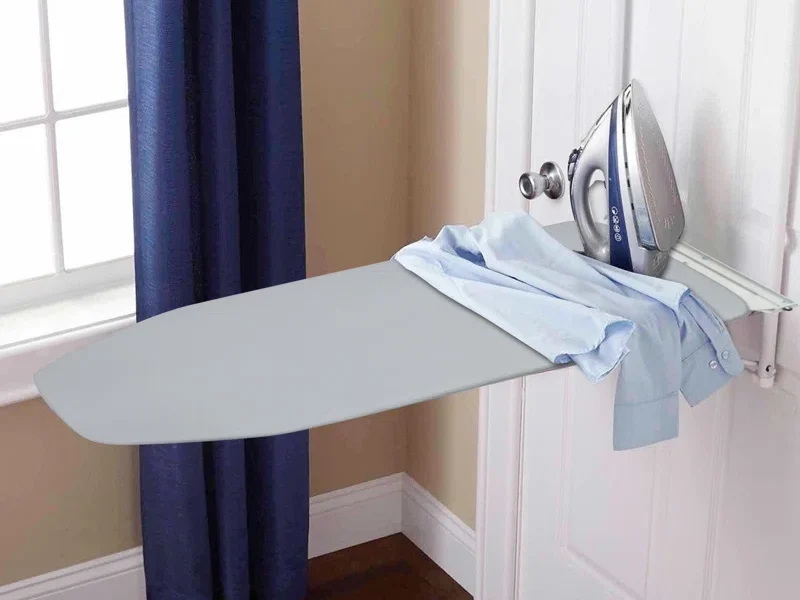
These fold-out ironing boards were stashed inside kitchen or laundry room walls to save space. They were incredibly practical and blended right into the cabinetry. But as laundry rooms moved to basements or became their own separate spaces, these features faded out. Plus, most people just stopped ironing as often.
Now, it’s more common to own a handheld steamer or skip wrinkle control altogether. Built-in ironing boards are still found in vintage homes, but rarely in new builds. They’re charming, sure—but no longer essential. The rise of wrinkle-free fabrics helped seal their fate.
6. Telephone niches
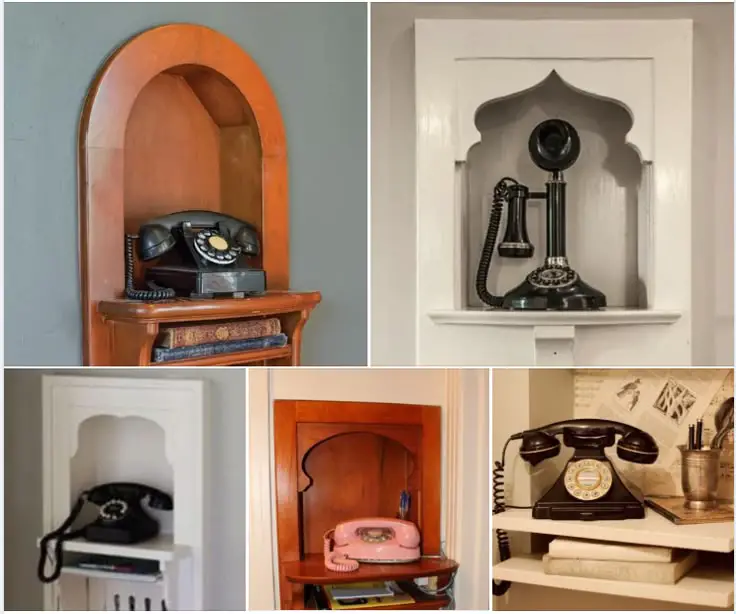
Before cordless phones and smartphones, homes often had a dedicated spot for the house phone. These niches were built into hallway walls or entryways and sometimes even had little drawers for phone books. They made sense when a phone needed to be wired into the wall. But as phones became portable, the need for a “phone station” disappeared.
Now, these nooks are more of a curiosity than a feature. Some people convert them into key holders or tiny charging stations. But unless you’re restoring a mid-century home, they’re unlikely to return. Gen Z probably wouldn’t even recognize what they were for.
7. Milk chutes
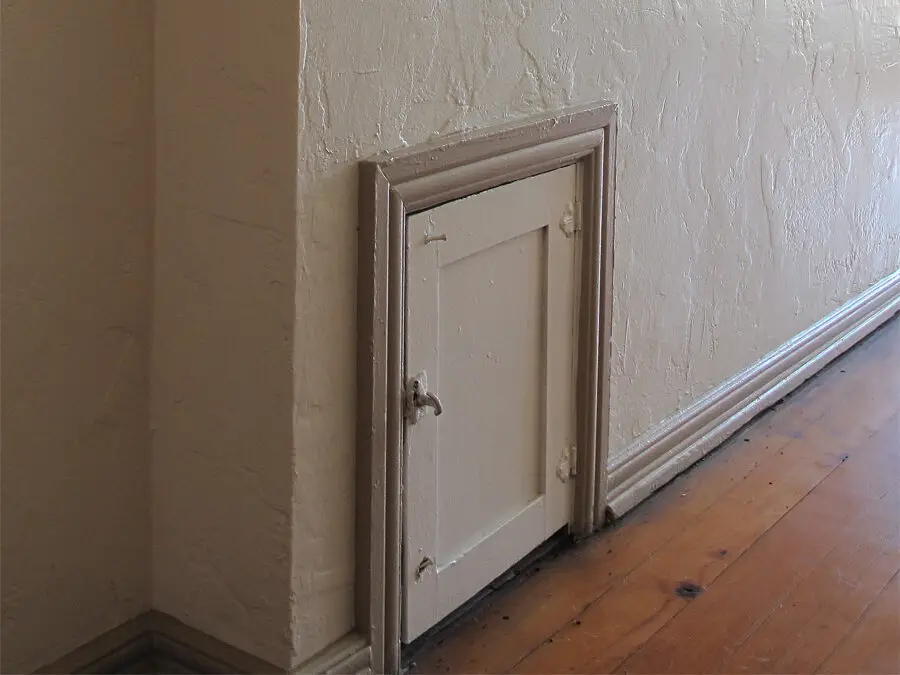
Older homes in the suburbs or cities often had a small door built into the side of the house specifically for milk delivery. The milkman would drop off glass bottles, and the homeowner could collect them from inside. This system worked great when daily home delivery was the norm. But as supermarkets took over, milk chutes became obsolete.
Some old homes still have them sealed up or turned into mini mailboxes. Others were removed entirely during renovations. The idea of perishable food being left unattended in a wall feels risky by today’s standards. Still, it’s a quirky piece of American domestic history.
8. Real wood paneling
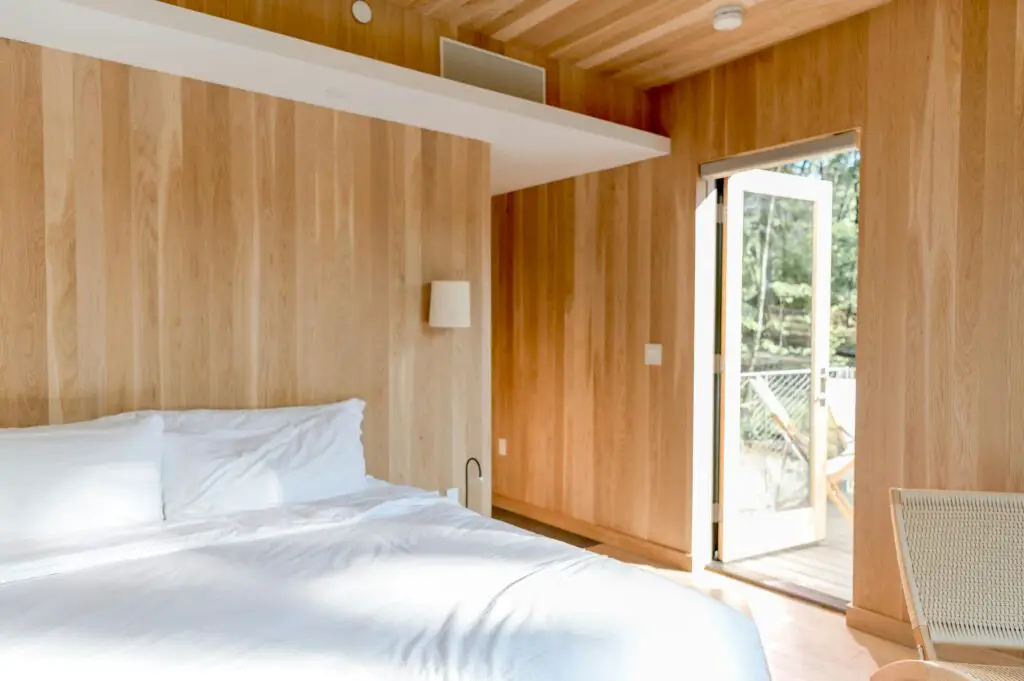
We’re not talking about the fake veneer sheets—early homes often used thick, solid wood panels, especially in basements and dens. These added a rustic charm and some soundproofing. But by the ’80s, styles shifted toward drywall and lighter colors. Wood paneling started to feel heavy and outdated.
Now, most new homes use paint, wallpaper, or shiplap for visual texture. Wood paneling is either removed or painted over in remodels. You might see it in a retro-themed Airbnb, but that’s about it. The material was solid, but the vibe didn’t age well.
9. Transom windows above interior doors
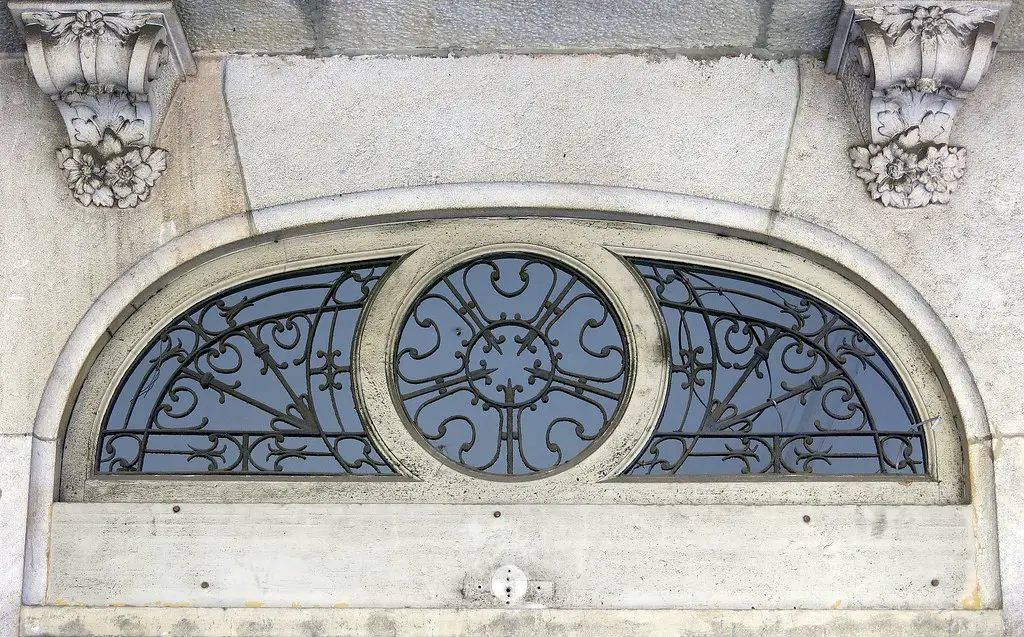
These little windows helped circulate air in homes before central air conditioning became common. They also added light to hallways and gave rooms a more open feel. But as HVAC systems improved, transoms stopped serving a functional purpose. Builders eventually dropped them to cut costs and simplify framing.
Today, you mostly see them in restored historic homes or high-end custom builds. They’re charming, yes, but not standard anymore. Most people just crack a window or adjust the thermostat. Function lost out to convenience.
10. Fuse boxes with glass fuses
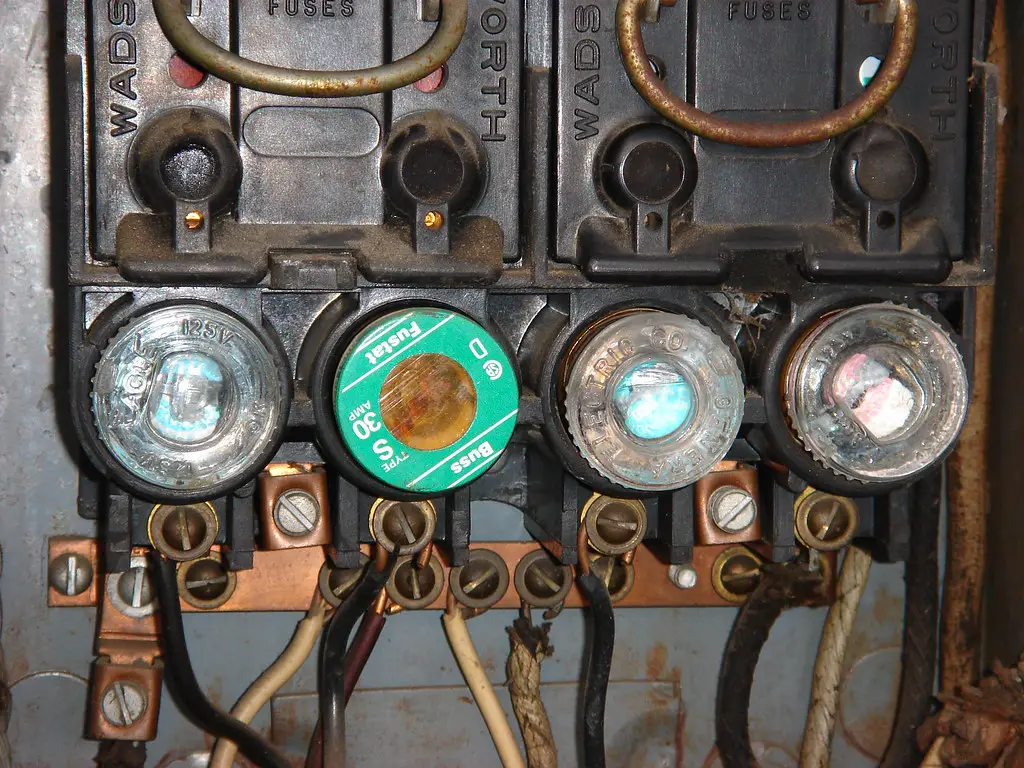
Before circuit breakers, homes had fuse boxes with screw-in glass fuses. If you blew a fuse, you had to replace it manually with a new one of the same size. It required some basic electrical know-how—and a stash of spare fuses. Not exactly user-friendly by modern standards.
Now, circuit breakers just flip when overloaded and can be reset in seconds. Electricians rarely install fuse boxes anymore, and many insurance companies require upgrading them for safety. They were once cutting-edge, but today they’re a red flag in a home inspection. Technology made them irrelevant—and safer alternatives took over.
11. Pink and mint tile bathrooms
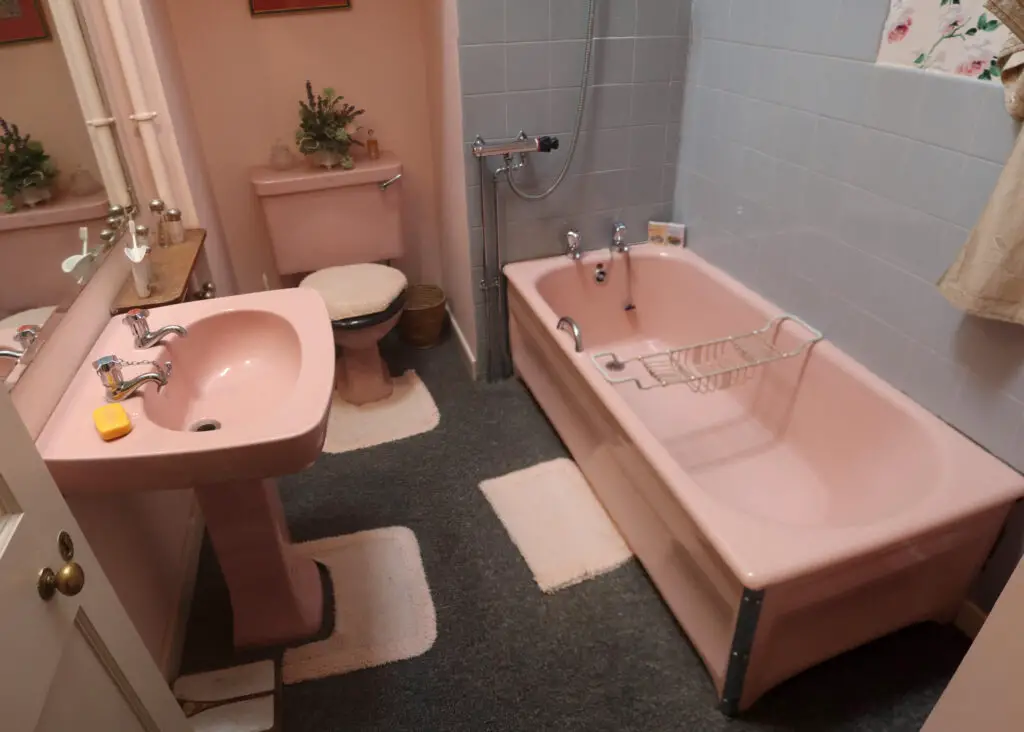
Mid-century bathrooms came in a rainbow of pastel tiles—pink, mint green, powder blue, even lavender. These looks were inspired by Hollywood glam and postwar optimism. Matching tile, sinks, and tubs were common. But by the ’90s, neutral tones and minimalist styles pushed them out.
Today, retro bathrooms are either fully gutted or embraced as kitsch. It’s rare to find builders installing colored tile anymore. Subway tile has taken over instead. What was once cheerful now feels loud.
12. Drop-down kitchen radios
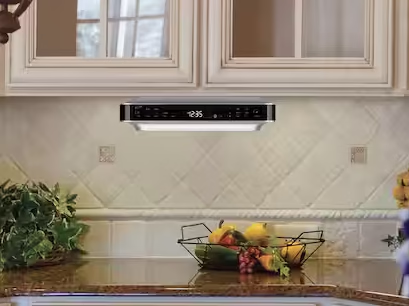
Mounted under cabinets, these radios were part of many kitchens from the ’60s through the early ’80s. They had AM/FM dials and sometimes a built-in timer. Perfect for tuning in while cooking or cleaning. But once portable stereos and then smartphones took over, they became unnecessary.
You can still find them in some vintage homes—often still working. But they’ve been replaced by smart speakers and Bluetooth devices. They served a purpose once, but they’re now just nostalgic relics. Unless you’re curating a retro kitchen, they’ve vanished from modern designs.
13. Metal cabinets
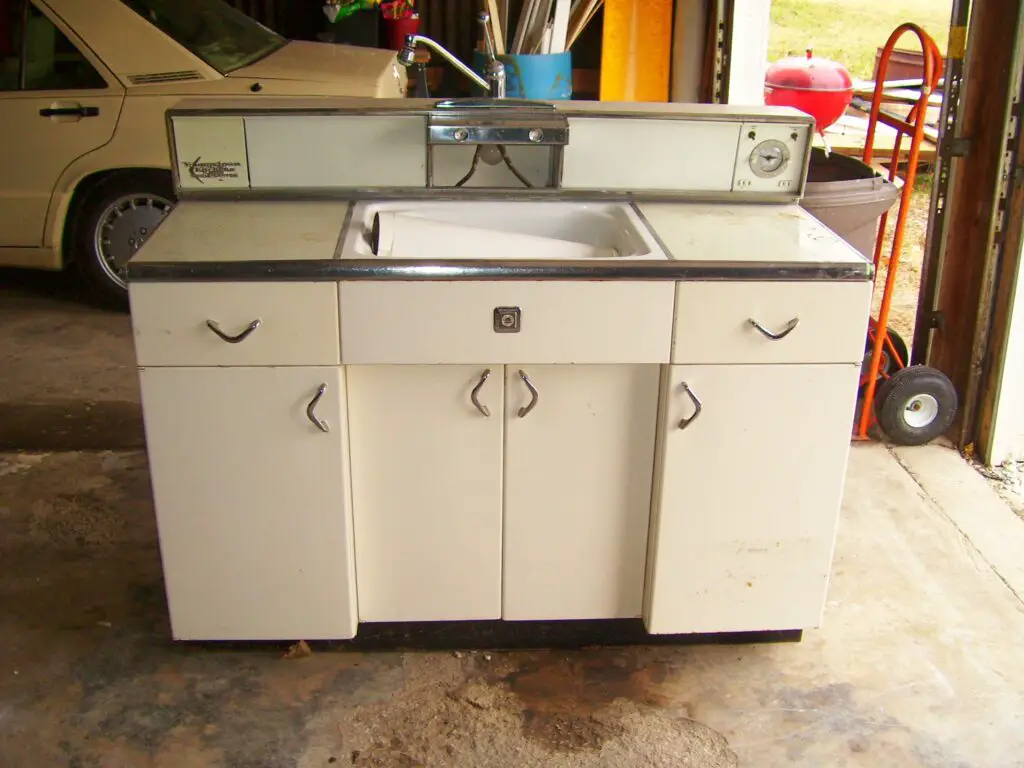
In the postwar era, metal cabinets were popular in kitchens for being durable and easy to clean. They often came in pastel colors with chrome handles. But they dented easily and weren’t as customizable as wood. As homebuyers sought warmth and texture, metal gave way to wood and composite cabinetry.
Now, metal cabinets are mainly used in garages, not kitchens. Some vintage kitchens still proudly feature them, but they’re a rarity. Even high-end remodels don’t include them unless going full retro. Time moved on, and so did the materials.
14. Wrought iron stair railings
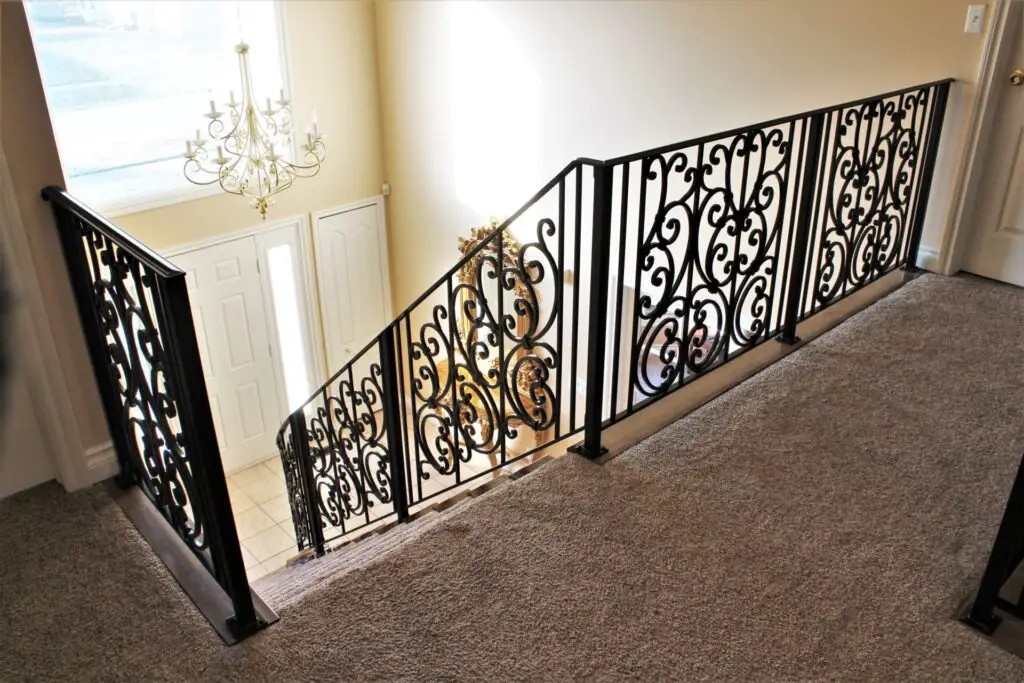
Decorative wrought iron railings—often with curly designs—were common in split-level and ranch homes. They added flair and durability, but also felt heavy as interior trends shifted. By the ’90s, they were often removed in favor of wood spindles or glass. Modern homes go for sleek and minimal instead.
Now, these railings feel more like an architectural fingerprint of a specific era. You’ll sometimes see them in entryways or basement stairs in older homes. They’re tough to replicate affordably, which makes them rare in new builds. Unless it’s a custom home, don’t expect to find them.
15. Accordion doors
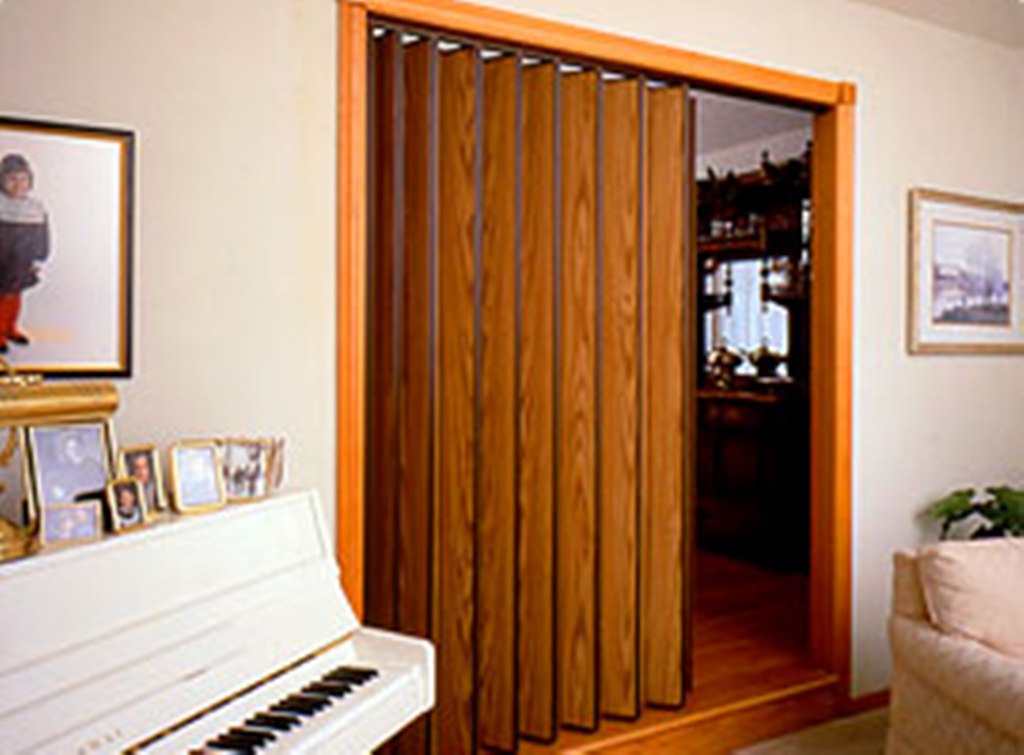
Accordion-style folding doors were once a staple in closets and as room dividers. They were lightweight, compact, and easy to install. But they broke easily, made noise, and didn’t offer much privacy. Over time, sliders or hinged doors took their place.
Today, you’ll rarely see accordion doors in any new home. If they do appear, it’s usually in a temporary setup or rental unit. Most homeowners opt for something sturdier and more stylish. Another once-practical idea that didn’t quite last.
